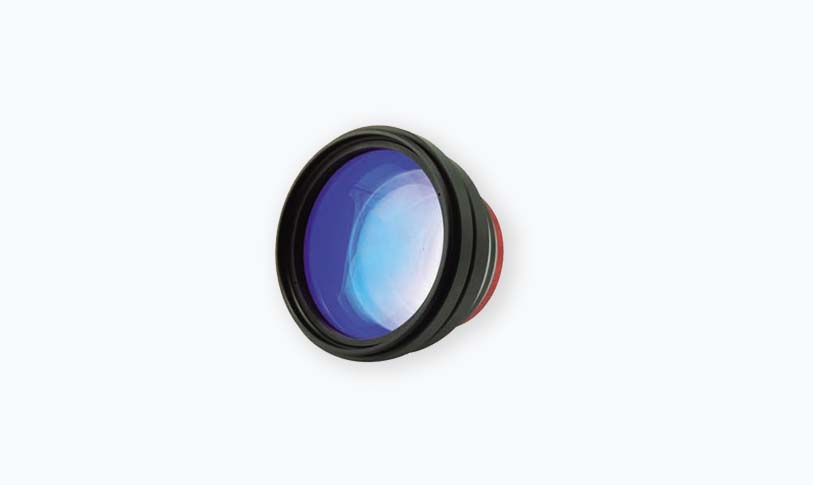In recent years, the field of laser technology has seen significant advancements, particularly with the integration of Q switch technology. This innovative method has revolutionized various applications, from medical treatments to material processing, making it a pivotal aspect of modern laser systems. In this article, we’ll explore the intricacies of Q switch technology, its importance, and its various applications across different industries.
What is Q Switch Technology?
Q switching is a technique used in laser technology where the laser output is pulsed. In its essence, the Q switch acts like a gate, allowing the laser to build energy in its gain medium and then releasing it in a single, powerful pulse. This pulsing capability enables the laser to produce high-intensity beams in very short durations, ranging from nanoseconds to picoseconds, depending on the type of Q switch used.
How Does Q Switching Work?

Understanding the Importance and Functionality of Q Switch Technology in Modern Laser Applications
The operational principle of Q switching hinges on the manipulation of the quality factor (Q factor) of the laser cavity. By controlling the Q factor, the laser can be switched from a low-energy state (high Q) to a high-energy state (low Q) almost instantaneously. When the Q switch is closed, the energy builds up in the gain medium. Once it’s opened, all that stored energy is released in a concentrated pulse. Various types of Q switches exist, including acousto-optic switches, electro-optic switches, and mechanically operated devices, each offering unique attributes that suit different applications.
Applications of Q Switch Technology
The applications of Q switch technology are extensive and cutting-edge:
1. **Medical Treatments**: One of the most notable uses of Q switched lasers is in dermatology and cosmetic surgery, specifically for tattoo removal and skin rejuvenation procedures. The high-energy pulses efficiently break down pigments in the skin or tattoos, allowing the body to naturally eliminate them. Procedures such as laser resurfacing, which can improve skin texture and appearance, also utilize Q switching for more effective outcomes.
2. **Industrial Uses**: In the industrial sector, Q switched lasers are utilized for precision cutting and engraving. The high-intensity laser beams can cut through various materials with minimal heat affected zones, ensuring clean edges and reducing the risk of warping. This precision makes Q switched lasers invaluable in manufacturing electronics, automotive parts, and various consumer products.
3. **Scientific Research**: Q switched lasers serve as important tools in scientific research. In fields such as spectroscopy, they are used to induce fluorescence, allowing researchers to study molecular interactions and properties. The ability to generate short, intense pulses enables more precise measurements and more detailed observations, which are critical in advancing scientific knowledge.
4. **Laser Security Systems**: Some modern security systems utilize Q switched lasers for intrusion detection. These systems can detect disturbances in their laser beams and verify if an unauthorized entry has occurred. The rapid response capabilities of Q switched lasers are ideal for enhancing security measures in various settings, from homes to high-security facilities.
5. **Telecommunications**: In the realm of telecommunications, Q switched lasers are pivotal for generating signals in fiber-optic communication systems. The ability to transmit data at high speeds over long distances is significantly improved through the use of Q switched technology, facilitating better communication networks.

Understanding the Importance and Functionality of Q Switch Technology in Modern Laser Applications
Advantages of Q Switching
The advantages of Q switched lasers are numerous. They provide high peak power, allowing for effective material ablation without excessive heat generation. Additionally, their versatility makes them suitable for an array of applications, increasing their utilization across various industries. Furthermore, the ability to finely tune parameters like pulse duration and energy output enhances their effectiveness in specialized applications.

Understanding the Importance and Functionality of Q Switch Technology in Modern Laser Applications
Conclusion
Q switch technology stands as a cornerstone in the evolution of laser applications. Its ability to deliver precisely controlled energy in short bursts makes it indispensable in medical, industrial, scientific, and security applications. As technology continues to advance, it is likely that we will see even more innovative uses and enhancements of Q switching, further solidifying its importance in both current and future technological developments. Embracing the potential of Q switched lasers will be key to unlocking new opportunities and improving existing processes across diverse fields.c02 galvo laser


